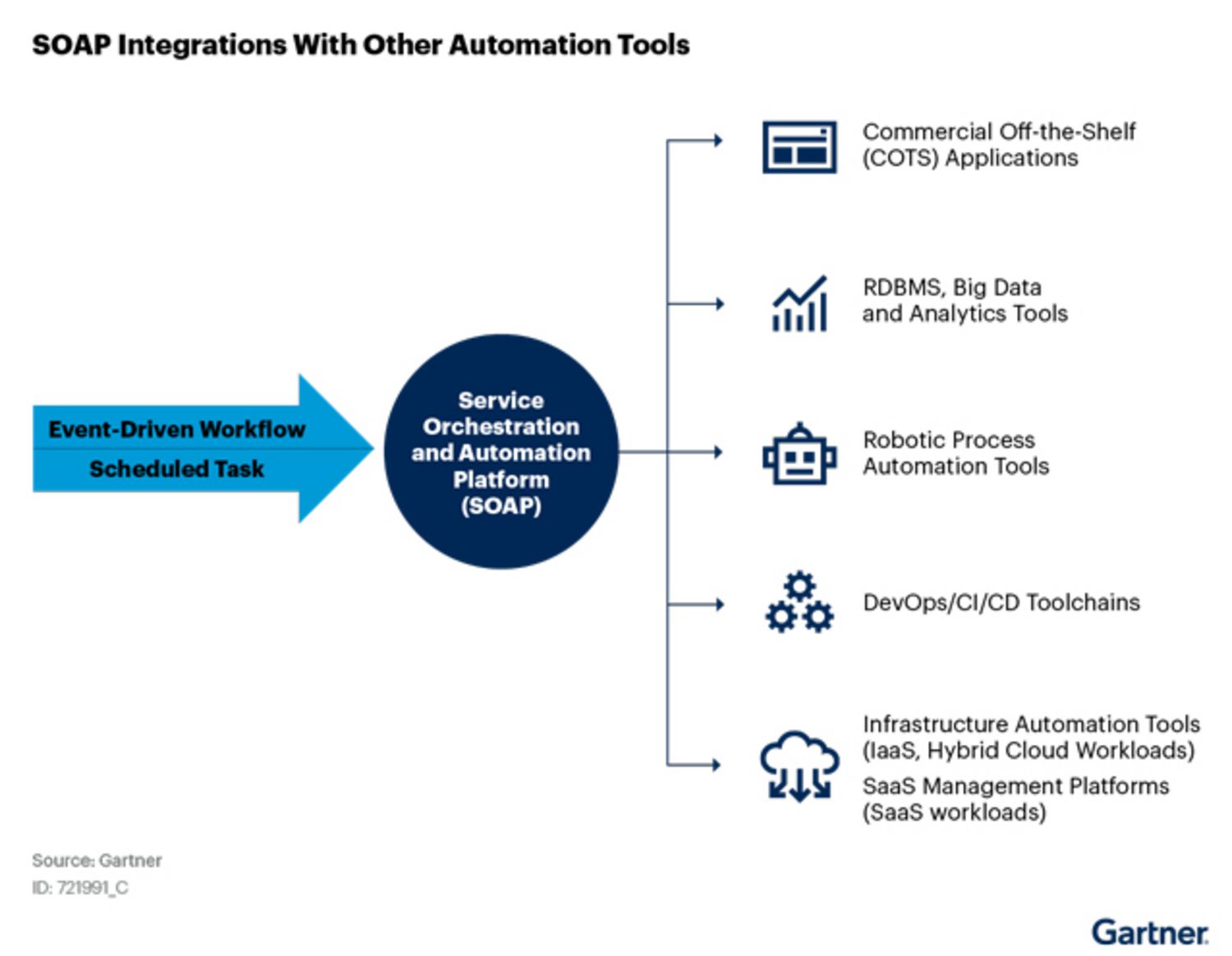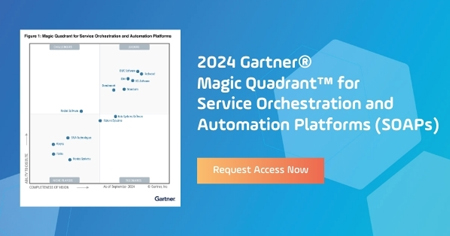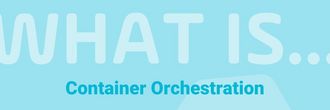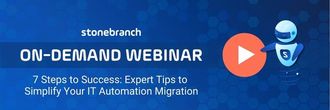Top 5 Updates to the Gartner 2023 SOAP Market Guide
Gartner recently released an update to the 2021 Service Orchestration and Automation Platform (SOAP) Market Guide that defined a new category in automation. Read on to learn just how much has changed.

Gartner’s inaugural SOAP Market Guide was a surprise hit when it was released in April 2020. This guide created an entirely new category to recognize the significant evolution of workload automation (WLA) into a new, more advanced offering. SOAPs go above and beyond the capabilities of traditional WLA to meet the needs of the new technologies being adopted by today’s enterprises — event-driven business models, cloud infrastructure, and big data workloads.
But 2020 was nothing if not eventful. And in the years since Gartner released that first SOAP Market Guide, we’ve seen significant transformation across all areas of life: societal, economic, political, and of course, technological… It’s no surprise the SOAP market underwent a big growth spurt in its first few years of life.
What’s Changed in Gartner’s 2023 SOAP Market Guide
After carefully studying the 2020, 2021, and 2023 SOAP Market Guides (there was no 2022 Market Guide), we identified a few of the most interesting updates:
1. Investments are soaring in cloud and edge deployments, as well as automation. SOAPs are a force multiplier for ROI.
Cloud and edge come up as the number one investment priority for I&O leaders surveyed by Gartner: over 60% said they plan to invest in automation to support platform-as-a-service, Kubernetes, IoT, infrastructure-as-a-service, or software-as-a-service in the next year.
Gartner sees SOAPs as a force multiplier for ROI, enabling automation across the hybrid IT environments created by these investments.
As a side note, automation and cloud adoption also top the list of cost optimization tactics used by I&O leaders in the survey. It’s no coincidence that these two are so closely tied together.
2. Maturing from automation delivery to orchestrated delivery is imperative to success.
WLA is a mature market that’s being transformed by SOAPs. According to Gartner, maturing your own automation delivery into orchestration delivery weights success in your favor.
Why is this maturation so important? Traditional WLA simply can’t keep up with digitalization initiatives that weave a complex web of on-prem, cloud, edge, IoT, and hybrid IT deployments. Only a modern SOAP can efficiently scale automation across this new landscape of platforms and applications, which live in any environment… and do so in real-time.

3. SOAPs expand automation initiatives into best-of-breed solution areas.
Within the report, Gartner shares the image below (reference: SOAP Integrations with Other Automation Tools). The report specifically discusses how SOAPs do not replicate functionalities in the other categories. Rather, SOAPs are complementary to the tools in these categories. A SOAP’s inbuilt scheduling, “as-code” functionality, ability to integrate and control third-party tools, and workflow capabilities make it capable of amplifying the business benefits of best-of-breed tools.

4. SOAPs enable event-driven automation workflows
Automation and orchestration are important strategies for organizations that want to embrace and scale event-driven business models. SOAPs expand traditional, time-based scheduling to event-based workflow orchestration that supports real-time data processing.
SOAPs typically use APIs to open two-way communications between systems. But when all you need is a real-time update, you can avoid the long lead times of API development. Instead, webhooks are the way to go.
Webhooks are a method of sending event-driven, one-way messages from one system to another using a push approach. Whenever a designated event occurs, the webhook instantly posts a JSON payload containing the data to a specified URL. The recipient, whether it be you or your SOAP, can then use the data to initiate additional workflows.
When applied to DataOps and DevOps pipelines, webhooks can increase the delivery velocity of data and development processes.
5. Using a SOAP for hyperautomation extends the value of the SOAP and the business process itself.
According to Gartner, hyperautomation “is a business-driven, disciplined approach that organizations use to rapidly identify, vet, and automate as many business and IT processes as possible.”
As hyperautomation continues to evolve as a competitive differentiator for organizations, it has also expanded the role of SOAPs. Initially, this expansion was due to SOAPs’ ability to integrate traditional workload automation capabilities into business processes, complementing business process automation (BPA) and robotic process automation (RPA) tools. However, given the ability of SOAPs to execute complex I&O processes, their role will expand to include deeper and richer integration, as well as participation in the invention and reinvention of business processes.
What Hasn’t Changed in Gartner’s 2023 SOAP Market Guide
SOAPs help I&O leaders maximize their business value from automation initiatives. It’s a clear evolution from traditional WLA tools. While the use cases continue to evolve with market needs, SOAPs are widely used to help enterprises automate processes that span any environment. We think it does a good job of summarizing the central theme of the report.
“I&O leaders must invest in platforms for service automation and orchestration to deliver customer-focused agility for their cloud, big data and DevOps initiatives” – Gartner 2023 SOAP Market Guide
Ready to learn more? Click here to read the latest Gartner 2024 SOAP Market Guide.
Start Your Automation Initiative Now
Schedule a Live Demo with a Stonebranch Solution Expert





